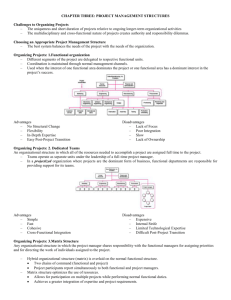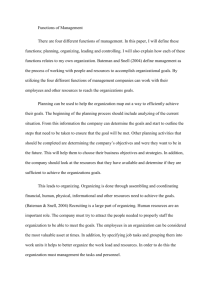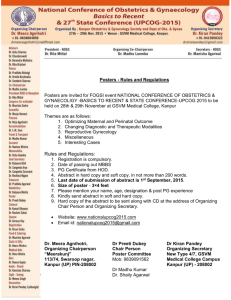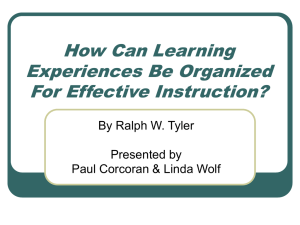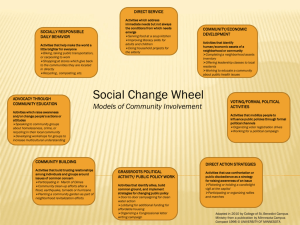Glencoe Biology
advertisement
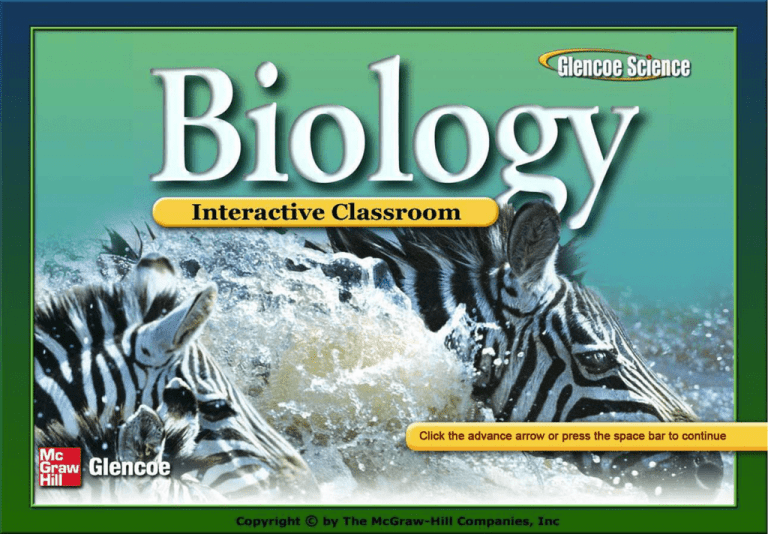
Chapter 17 Organizing Life’s Diversity Section 1: The History of Classification Section 2: Modern Classification Section 3: Domains and Kingdoms Click on a lesson name to select. Chapter 17 Organizing Life’s Diversity 17.2 Modern Classification Characters To classify a species, scientists construct patterns of descent by using characters. Characters can be morphological or biochemical. Chapter 17 Organizing Life’s Diversity 17.2 Modern Classification Morphological Characters Shared morphological characters suggest that species are related closely and evolved from a recent common ancestor. Chapter 17 Organizing Life’s Diversity 17.2 Modern Classification Morphological Characters Analogous characters are those that have the same function but different underlying construction Chapter 17 Organizing Life’s Diversity 17.2 Modern Classification Morphological Characters Homologous characters might perform different functions, but show an anatomical similarity inherited from a common ancestor. Chapter 17 Organizing Life’s Diversity 17.2 Modern Classification Birds and Dinosaurs Compare birds and dinosaurs: Hollow bones Haliaeetus leucocephalus Theropods have leg, wrist, hip, and shoulder structures similar to birds. Some theropods may have had feathers. Oviraptor philoceratops Chapter 17 Organizing Life’s Diversity 17.2 Modern Classification Biochemical Characters Scientists use biochemical characters, such as amino acids and nucleotides, to help them determine evolutionary relationships among species. DNA and RNA analyses are powerful tools for reconstructing phylogenies. Chapter 17 Organizing Life’s Diversity 17.2 Modern Classification The similar appearance of chromosomes among chimpanzees, gorillas, and orangutans suggests a shared ancestry. Chapter 17 Organizing Life’s Diversity 17.2 Modern Classification Phylogenetic Reconstruction Cladistics reconstructs phylogenies based on shared characters. Scientists consider two main types of characters when doing cladistic analysis. An ancestral character is found within the entire line of descent of a group of organisms. Derived characters are present members of one group of the line but not in the common ancestor. Chapter 17 Organizing Life’s Diversity 17.2 Modern Classification Cladograms The greater the number of derived characters shared by groups, the more recently the groups share a common ancestor. Cladograms Dichotomous Keys • Taxonomists have developed special guides known as dichotomous keys to aid in identifying unknown organisms. • A dichotomous key consists of several pairs of descriptive statements that have only two responses.

